Inflationary momentum in Japan showed signs of easing in September, with all-item CPI decelerating to 3.0% yoy, down from 3.2% yoy in the prior month. Core CPI, which strips out the volatile food prices, also showed a downtrend, registering at 2.8% yoy, a dip from 3.1% yoy. Furthermore, core-core CPI, which excludes both food and energy prices, declined marginally from 4.3% yoy to 4.2% yoy.
Remarkably, core inflation dipped below the 3% mark for the first time since August 2022. Nevertheless, it remains above BoJ’s 2% target, marking the 18th consecutive month of surpassing this benchmark.
The detailed breakdown of the data indicates that energy prices were a significant drag, plunging by -11.7% yoy. This downturn can be attributed to the government’s proactive measures to trim utility bills, resulting in double-digit falls in electricity and city gas prices. On the contrary, food prices remained on an upward swing, posting 8.8% yoy increase.
There are reports suggesting an upward revision in BoJ’s core CPI forecast for fiscal 2023. Sources familiar with the bank’s deliberations indicate a possible revision from 2.5% to nearly 3.0%. All eyes will now be on BoJ ‘s policy meeting scheduled for Oct 31, where a new outlook report is anticipated.
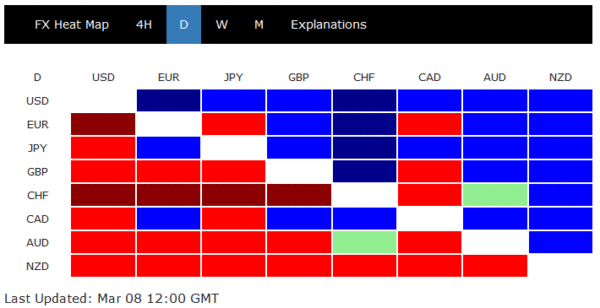




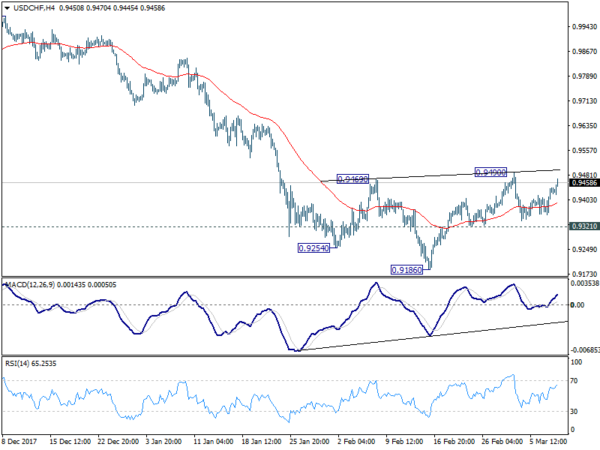
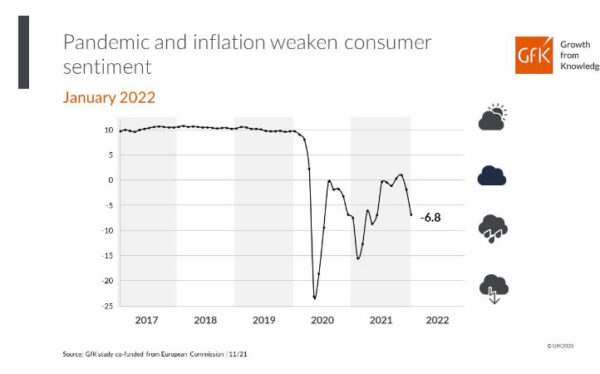
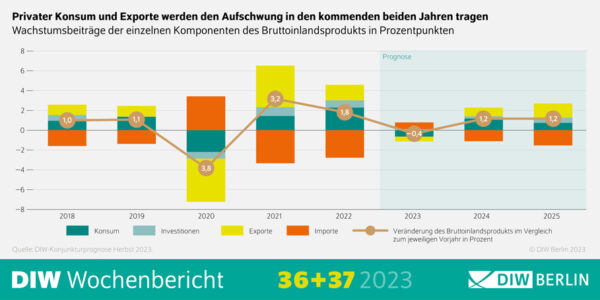

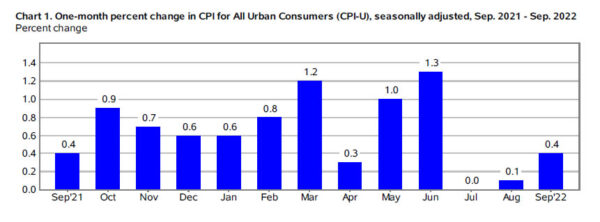
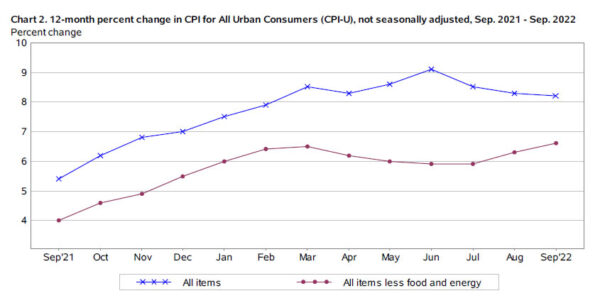
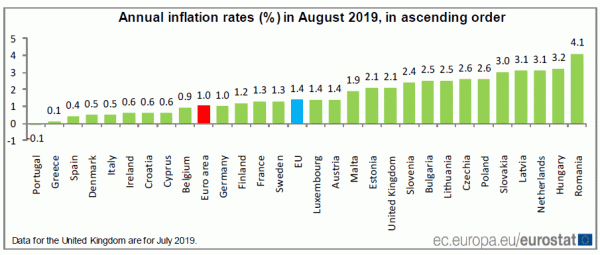
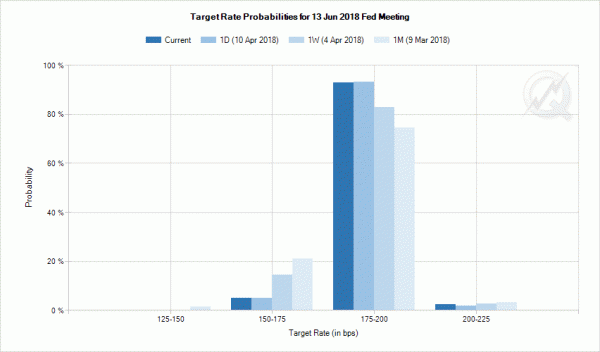
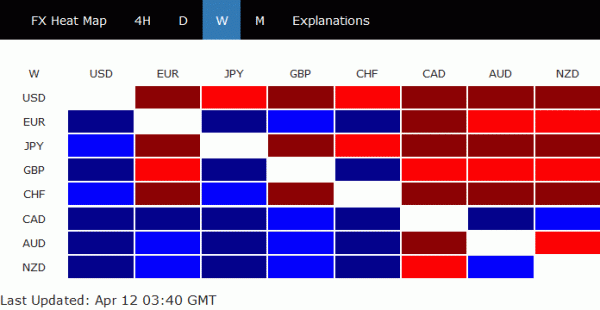
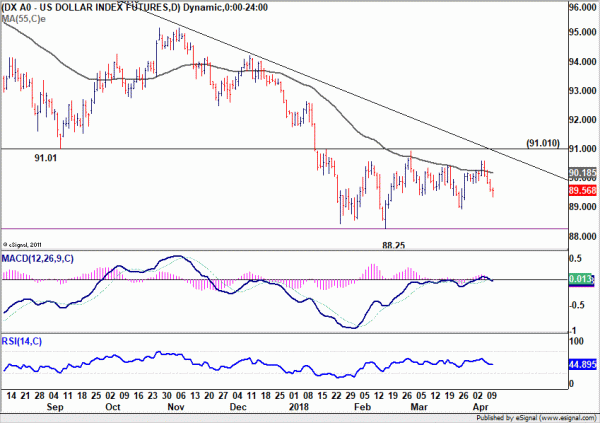
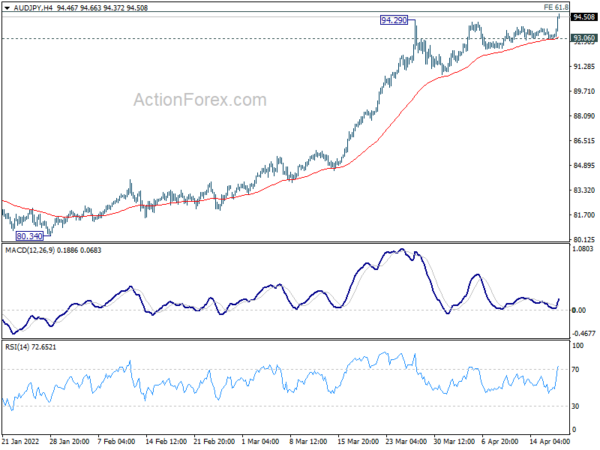
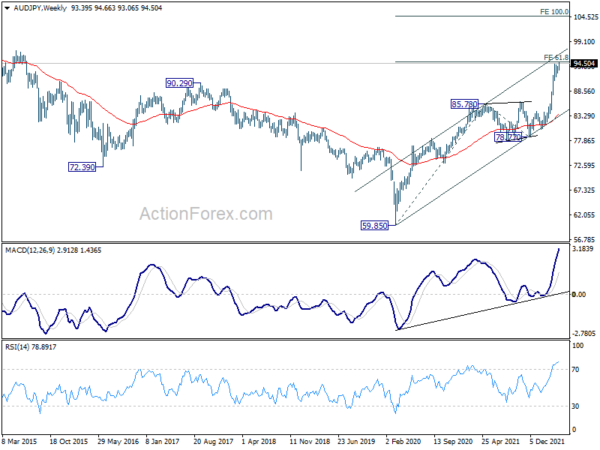
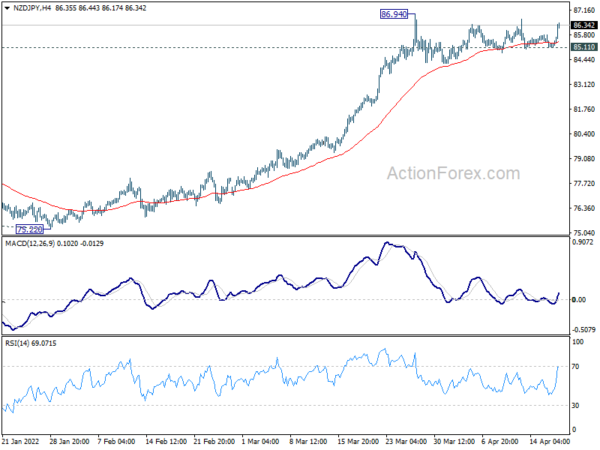
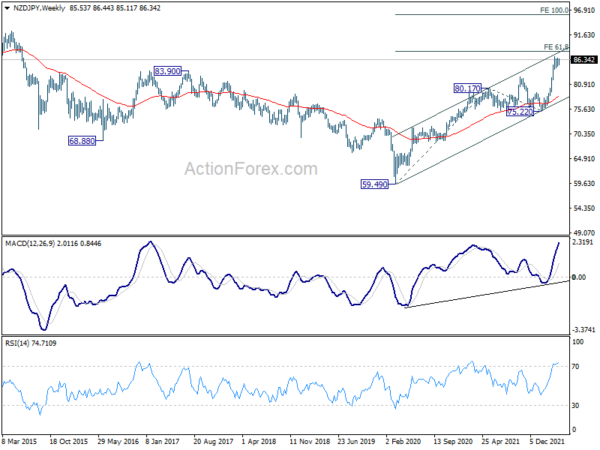

China preparing quick, targeted retaliations to Trump’s $60b tariffs
The WSJ reported that China is preparing to hit back at US President Donald Trump’s targeted tariffs against it. Trump is set to unveiled to list of products tomorrow, which could add up to as much as USD 60b of annual tariffs.
It’s not really news that China is preparing counter measures. But what WSJ said is that China’s tit-for-tat tariffs would target Trump’s support base. That is, they will be aimed at agricultural exports from Farm Belt states.
That raises a question on whether China views it as trade war with the US, the Republicans, or Trump himself. Trump war might be easy to win for a sized economy against smaller ones. It’s much tougher between two economies of comparable size.
Would there be a chance if the trade war is between a political party, a family, or even a person, against a sized economy?
Remember that it’s an authoritarian government in China. What they’d do very much depends on how their leader Xi Jinping views it. If Xi sees the provocation as from Trump only, rather than the whole of the US, then good luck to the latter.